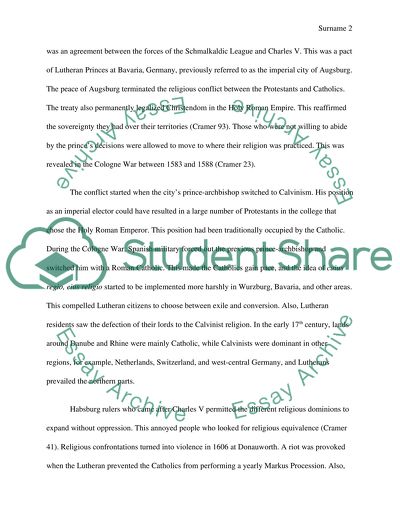German Civilization: 30 years war after reformation Essay. Retrieved from https://studentshare.org/history/1459209-german-civilization-30-years-war-after-reformation
German Civilization: 30 Years War After Reformation Essay. https://studentshare.org/history/1459209-german-civilization-30-years-war-after-reformation.


